10 Best Adventures of 1971
By:
September 30, 2016
Forty-five years ago, the following 10 adventures — selected from my Best Sixties Adventure list — were first serialized or published in book form. They’re my favorite adventures published that year.
Please let me know if I’ve missed any 1971 adventures that you particularly admire. Enjoy!
- Victor Canning’s espionage adventure Firecrest. A thriller told from the point of view of John Grimster, who works for a British Ministry of Defence dirty-tricks organization known only as “the Department.” Grimster is a world-weary assassin, who for years has been dispatched to handle, organize, or suppress certain situations and persons, as needed. In this adventure, he’s tasked with persuading Lily, the girlfriend of a recently deceased scientist, to reveal the whereabouts of the scientists’s top-secret papers. However, he ends up protecting Lily from other ruthless agents; and — while continuing to seek the scientists’s missing papers — he investigates the death of his own girlfriend, who recently died in a road accident. (Did the Department have her killed?) Hypnosis plays an important role in the plot; so does fly-fishing! Fun fact: In the 1950s, Canning’s adventure novels were better known than Ian Fleming’s. However, Canning is all but forgotten today. Which is too bad, because his thrillers from 1971–1980 — e.g., The Rainbird Pattern, The Finger of Saturn, the YA novel The Runaways, and even an Arthurian trilogy (!) — are terrific. Forget Fleming, read Canning.
- Jack Kirby‘s Fourth World storyline. When Jack Kirby left Marvel Comics for DC in 1970, he launched a science-fictional epic revolving around aliens with superhuman abilities arriving on Earth. Hailing from the planets Apokolips and New Genesis, the ontogeny of the so-called New Gods — their fantastic powers, even their names — recapitulated Kirby’s imaginative billion-year phylogeny, during which three previous eras (“worlds”) had seen the rise and fall of the Old Gods, legends of whom live on in humankind’s mythologies. So sweeping was Kirby’s weltanschauung that it couldn’t be contained in the New Gods comic (#1–11 written and illustrated by Kirby, 1971–72). So he also wrote and illustrated Forever People (#1–11, 1971–72) and Mister Miracle (#1–18, 1971–74), not to mention a reimagined Superman’s Pal Jimmy Olsen. These proto-postmodernist comics are a volatile admixture of religion (the character Izaya evokes the biblical Isaiah), ancient-astronaut theories, sci-fi technology (the Boom Tube, the Mobius Chair, the Mother Box), and 1960s culture (the Forever People are cosmic hippies). Kirby’s 1940s-era teen characters, the Newsboy Legion, were resurrected; and Don Rickles made a cameo appearance. Truly awesome. Fun fact: The Fourth World storyline was intended to be a finite series, which would end with the deaths of the characters Darkseid and Orion.
- Robert C. O’Brien’s children’s science-fiction adventure Mrs. Frisby and the Rats of NIMH. Inspired by real experiments, conducted from the ’40s through the ’60s at the National Institute of Mental Health, Mrs. Frisby and the Rats of NIMH imagines what might have happened if a group of super-intelligent rats (and one mouse) had escaped the laboratory and founded a high-tech commune underneath a farmer’s rosebush. That alone would have made a good story… but by making the rats of NIMH’s tale secondary to the desperate struggle of a courageous mouse, Mrs. Frisby, to save her family from the farmer’s plow, O’Brien wrote one of the best kids’ books ever. In addition to the rats’ fascinating society, we encounter a charismatic crow, a sinister cat, and an even more sinister group of scientists posing as rat exterminators. There’s also a philosophical discussion about the commune’s lack of self-sufficiency! Fun facts: Winner of the 1972 Newbery Medal. O’Brien’s other fantasy and sci-fi books — The Silver Crown (1968), A Report from Group 17 (1972), and Z for Zachariah (1974) are also excellent.
- M. John Harrison’s science fantasy adventure The Pastel City. In the distant future, a medieval-style way of life has risen from the ashes of civilization. There is a barbarian Queen of the North; and, ruling over Viriconium, the ever-changing Pastel City, a beautiful Queen of the South. Scavengers scour the ruins for power blades, energy cannons, and airboats. When news comes that the North plans to deploy scavenged alien automata against the South, a brooding poet-warrior, Lord tergeus-Cormis, travels with a mercenary, Birkin Grif, in search of a mad dwarf who is expert in ancient weaponry. The adventurers encounter mechanical birds, brain eaters, and a wizard of sorts; and they discover that a complex, lethal technology from the past lives on. This is an affectionate, but also sardonic reimagining of the fantasy genre — nothing is resolved, things get murkier instead of more clear, heroes are unheroic. Fun fact: Harrison’s Viriconium series — it includes A Storm of Wings (1980), In Viriconium (1982), and the story collection Viriconium Nights (1985) — has been aptly described as “fantasy without the magic and science fiction without the ‘future’.” PS: John Christopher’s YA Sword of the Spirits trilogy, which could be described the same way, began publication in 1970.
- Ursula K. LeGuin’s science fiction adventure The Lathe of Heaven. Operating under the influence of Philip K. Dick, LeGuin wrote an uncanny, thought-provoking novella about George Orr, a Portland, Oregon man who has begun self-medicating in an attempt to prevent himself from dreaming. Why? Because some of his dreams have been altering reality — and George is the only one who notices. (For everyone else, things have always been the way they are now.) Visiting the well-meaning psychologist and sleep researcher Dr. Huber, George is persuaded to embark on a program of “effective dreaming” aimed at improving the state of the world. Unforeseen consequences ensue. (This will not surprise fans of LeGuin’s fantasy and science fiction, which stresses the ambiguity of every utopian ideal, and the dark forces at work within even the noblest soul.) For example, in an effort to dream about peace on Earth, Orr conjures up a fleet of invading alien spacecraft… which does unite humankind, but at what cost? Also — does the “real world” exist at all, or did Orr dream it up after a 1998 nuclear war? Fun fact: First serialized in Amazing Science Fiction Stories, March 1971 and May 1971. The book has sci-fi elements — it’s set in 2002, Dr. Huber employs a device called the Augmentor — but it’s fantastical. The 1980 PBS production of The Lathe of Heaven was well-regarded; LeGuin was closely involved.
- Frederick Forsyth’s assassination thriller The Day of the Jackal. In 1961, when Charles de Gaulle organized a referendum on self-determination concerning Algeria, the OAS — a paramilitary group determined to keep Algeria French — decided to assassinate him. They made six attempts on his life; by 1962–1963, therefore, De Gaulle was the most heavily guarded man alive. Forsyth’s debut novel, set in 1962–1963, speculates about what might have happened if the OAS had hired a professional assassin — an Englishman, unconnected to their struggle, and free of emotion. The fascination of this story — and it is fascinating — lies in watching the English hitman (codename: the Jackal) methodically plan and prepare. He studies De Gaulle’s movements and habits, prepares false identities and an escape route, and procures and improves the perfect weapon. (You find yourself almost rooting for him.) Meanwhile, the French government’s counter-terrorist group attempts to learn the Jackal’s true identity, and to foil his plot. Not until the final pages of the story does the Jackal close in on his target… while a French policeman closes in on the Jackal. Fun fact: Forsyth would write a number of global bestsellers, including The Odessa File, The Fourth Protocol, The Dogs of War, and The Devil’s Alternative. The Day of the Jackal inspired terrorist Carlos the Jackal’s nickname.
- Lionel Davidson’s frontier adventure Smith’s Gazelle. A wonderful, but little-known yarn by one of my favorite adventure writers. In a remote, hidden ravine in the Israeli desert, in the months leading up to the 1967 Arab–Israeli War, a 9-year-old Bedouin boy and a 9-year-old Jewish kibbutznik runaway meet one another. Though raised to regard one another as enemies, the boys become friends thanks to a shared mission: helping a reclusive, deformed, gently crazy Bedouin shepherd protect a herd of gazelle he’s nurtured since a single pregnant doe wandered into the ravine some years earlier. Meanwhile, an Israeli officer and others are searching for evidence that these same gazelle — a species thought to be extinct, and last spotted in the area in 1957 — still exist. Almost a fable, but thrilling and tense. Fun fact: Davidson, the son of Lithuanian Jewish immigrants to England, is best known for thrillers set in Prague (Night of Wenceslas), Tibet (The Rose of Tibet), Israel (A Long Way to Shiloh), and Siberia (Kolymsky Heights).
- Walker Percy’s sardonic sci-fi adventure Love in the Ruins. The protagonist of this proto-postmodernist philosophical novel, Dr. Tom More, a hard-drinking psychiatrist in the affluent town of Paradise, Louisiana, has diagnosed his fellow Americans with the malady of “angelism/bestialism” — an extremist tendency towards either spirit-like abstraction or animal appetite, brought on by contemporary America’s sociocultural placidity and flacidity. In the near future of the 1990s, politics have become fragmented to the point of neo-tribalism, mainline churches have become secularized to the point of banality or else overly dogmatic, and liberals and conservatives alike are prone to shocking acts of (what they imagine to be justified) violence. In an effort to restore a sense of moderation, More invents the Ontological Lapsometer, a handheld device that can not only diagnose precisely how spiritually screwed-up you are… but also, with the twist of a dial, treat you for it. Meanwhile, African Americans stage an armed uprising, and college-educated young whites gather in swamp communes. When chaos engulfs Paradise, More retreats to an abandoned motel… with three beautiful women. Fun fact: “Beware Episcopal women who take up with Ayn Rand and the Buddha. A certain type of Episcopal girl has a weakness that comes on them just past youth…. They fall prey to Gnostic pride, commence buying antiques, and develop a yearning for esoteric doctrine.”
- Richard Stark’s Parker hunted-man adventure Slayground. In the 14th Parker adventure, Parker escapes from an armored truck hijacking with a bag of money… into a deserted amusement park. He is pursued by 20 men — gangsters and crooked cops — and must fight his way out, using his pistol, souvenir hunting knives he finds in the park’s gift shop, and his fists. Along the way, he pulls out every trick in the book. If you’ve read Richard Connell’s “The Most Dangerous Game,” you’ll understand the vibe that Stark is going for, here. There’s also a Vietnam guerrilla warfare vibe. Booby traps? Check. Standing as still as a statue in the creepy Wax Museum? Check. Shoot-out in the House of Mirrors (where Parker has cleverly marked the mirrors)? Check. The reference guide 100 Must-Read Books for Men claims that “Slayground is possibly the greatest piece of sustained action writing ever committed to print,” and although I’m not 100% sure that’s true… it is plausible. Fun fact: Slayground is part of a loosely connected final trilogy of Parker novels from the 1960s–70s: the other two are Plunder Squad and Butcher’s Moon. Adapted as a British movie, in 1983, by Terry Bedford. It wasn’t very good… but the 2013 graphic novel version, by Darwyn Cooke, is excellent!
- Ursula K. Le Guin’s Earthsea fantasy adventure The Tombs of Atuan. The second book of the author’s Earthsea Cycle is told from the perspective of a girl who, we learn, was dedicated — at age 6 — as the high priestess in the service of the Nameless Ones on the island of Atuan. By the time that Ged (Sparrowhawk), protagonist of the first Earthsea book, arrives on Atuan, 15-year-old Arha has come to feel at home in the stygian labyrinth — the tombs — beneath the temple. Her role is a gruesome one. When the God-Emperor sends prisoners to the tombs, it is she who orders them to be killed slowly by starvation. Into this claustrophobic setting comes Ged, in search of the long-lost half of a magical talisman; he already possesses the other half, and he wishes to use the talisman to bring lasting peace to Earthsea. When Arha discovers him wandering in the labyrinth, she traps him there to die; however, she is fascinated by the wizard, and at last decides to help him — at the risk of losing her own life. Fun fact: The three linked YA novels known as The Earthsea Trilogy are A Wizard of Earthsea, The Tombs of Atuan, and The Farthest Shore. The other books in the Earthsea cycle are Tehanu, Tales from Earthsea, and The Other Wind.
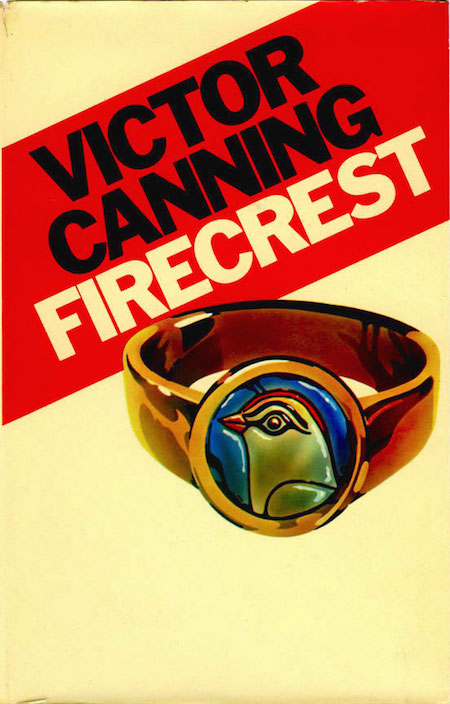
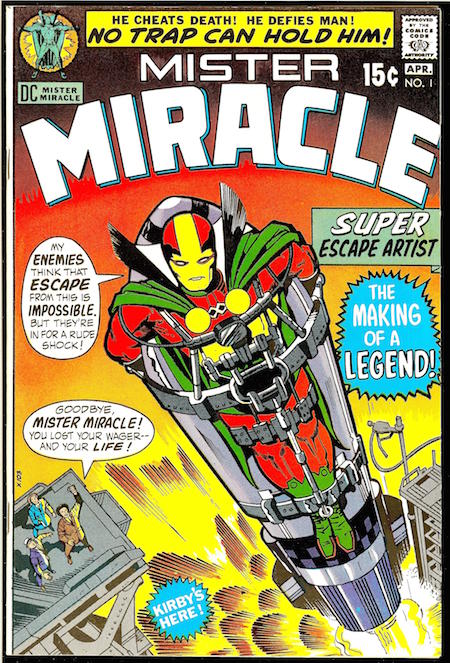
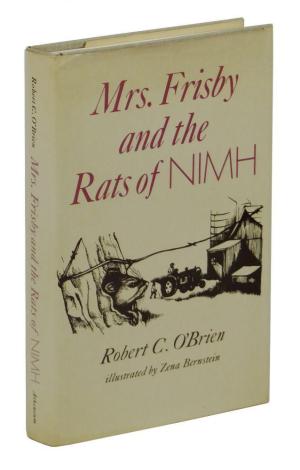
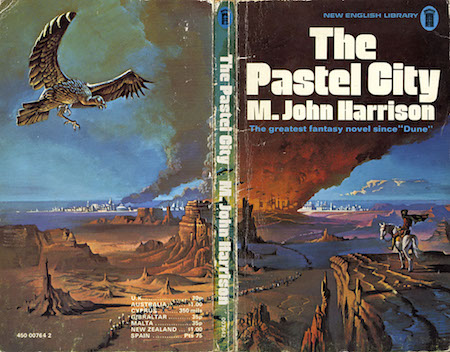

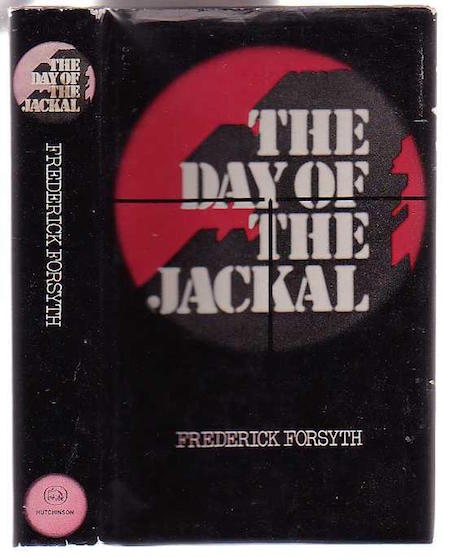

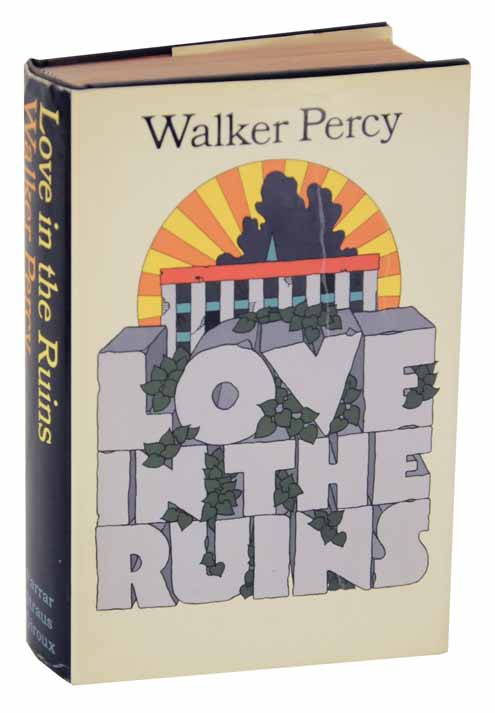
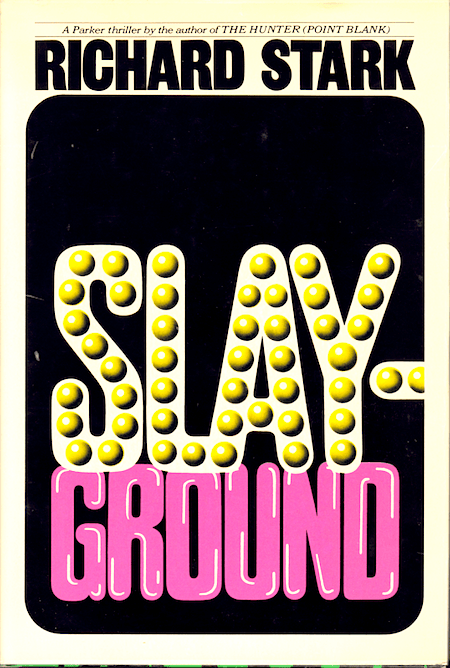
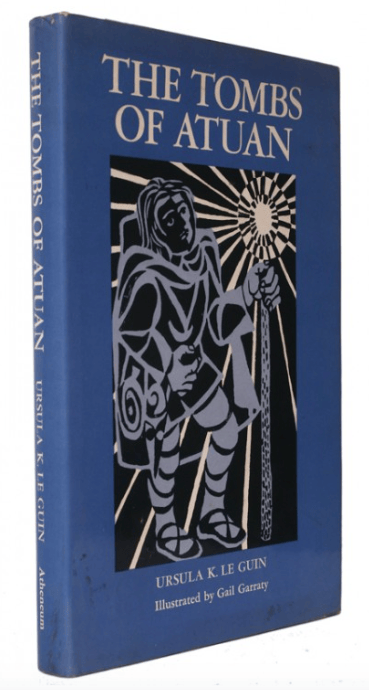
JOSH GLENN’S *BEST ADVENTURES* LISTS: BEST 250 ADVENTURES OF THE 20TH CENTURY | 100 BEST OUGHTS ADVENTURES | 100 BEST RADIUM AGE (PROTO-)SCI-FI ADVENTURES | 100 BEST TEENS ADVENTURES | 100 BEST TWENTIES ADVENTURES | 100 BEST THIRTIES ADVENTURES | 75 BEST GOLDEN AGE SCI-FI ADVENTURES | 100 BEST FORTIES ADVENTURES | 100 BEST FIFTIES ADVENTURES | 100 BEST SIXTIES ADVENTURES | 75 BEST NEW WAVE SCI FI ADVENTURES | 100 BEST SEVENTIES ADVENTURES | 100 BEST EIGHTIES ADVENTURES | 75 BEST DIAMOND AGE SCI-FI ADVENTURES | 100 BEST NINETIES ADVENTURES (in progress) | 1994 | 1995 | 1996 | 1997 | 1998 | 1999 | 2000 | 2001 | 2002 | 2003 | NOTES ON 21st-CENTURY ADVENTURES.
